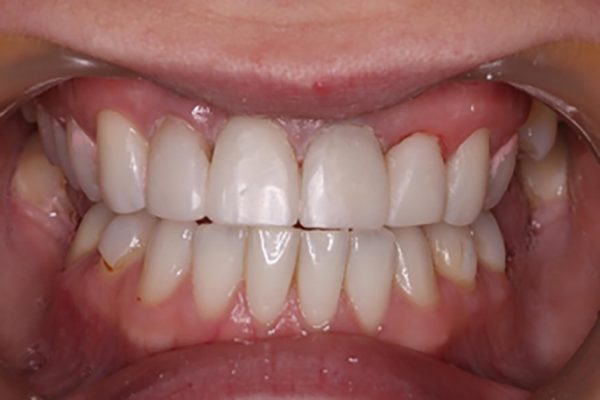Saif Nasser explains how his love of art has helped him excel in cosmetic dentistry.
I have recently been thinking about the link between the cosmetic dentistry I perform and the artwork I create.
To me, nothing is more satisfying than the final result of a cosmetic case: that big unveiling to the patient and the look of astonishment and happiness on their face. That feeling is priceless and, although it may only last seconds, that one moment can be all you need.
But so much more goes into the case than just the final result. The result is a fraction of the total experience, and, while we are judged by that alone, it is the hard work in the lead up that should merit the most appreciation.
The passion and meticulousness that goes into the preoperative planning is just as exhaustive and intricate in my art as it is in my dentistry. From my personal experience, I have gained the best results when I have been involved in all aspects of the case.
I produce my own wax ups, take my own shades, repeatedly adjust my own temporaries and draw the designs on photographs. All of these steps are relevant to my artwork, which leans on the same principles, and allows me to explain the dentistry to my patients in artistic terms.
The language of art
No great piece of artwork (dental or otherwise) is produced through the single click of a finger. In fact, most artistic masterpieces are the result of a lifetime of work. Even the simplest of sketches requires time and patience, and, in dentistry, the same concept applies.
When I sketch, I have an ultimate goal in mind. So too with cosmetic dentistry. It requires a lot of trial and error to get a sketch right in either disciplines. It is important to focus on the curves and angles of certain shapes, but when you get it right it is so easy to see in a sketch. It’s a lightbulb moment.
The journey to get to the perfect shape can be a long one. Because of this, I do a lot of my work in composite resin, as I can adjust it with ease. When you work with ceramic, it has to be perfect and further adjustments can be difficult.
A true line
In art there is a concept of finding a ‘true line’. It’s the difference between a great picture of Kate Middleton and a poor resemblance of the Duchess of Cambridge. You can’t afford to be out by much or your drawing looks like someone else. This is a concept that I frequently explain to my patients. The more work you put in, the closer you get to the ultimate aesthetic result. And the ultimate aesthetic result takes time.
If you want to become better at aesthetic dentistry, my advice is to work with composite. This way, you are responsible for everything. You can play with the shapes. Master working with composite veneers, and it will benefit your understanding of ceramic veneers too.
You will develop an eye for lines and shapes and realise that teeth truly are beautiful things once you allow yourself to appreciate them.
This article first appeared in Aesthetic Dentistry Today magazine.
Follow Dentistry.co.uk on Instagram to keep up with all the latest dental news and trends.
The post Cosmetics: it’s never A to B appeared first on Dentistry.co.uk.


